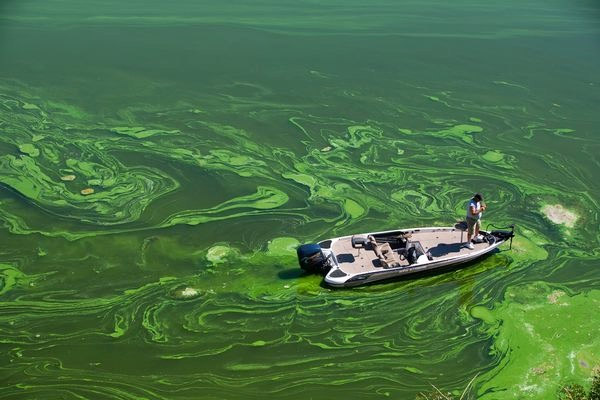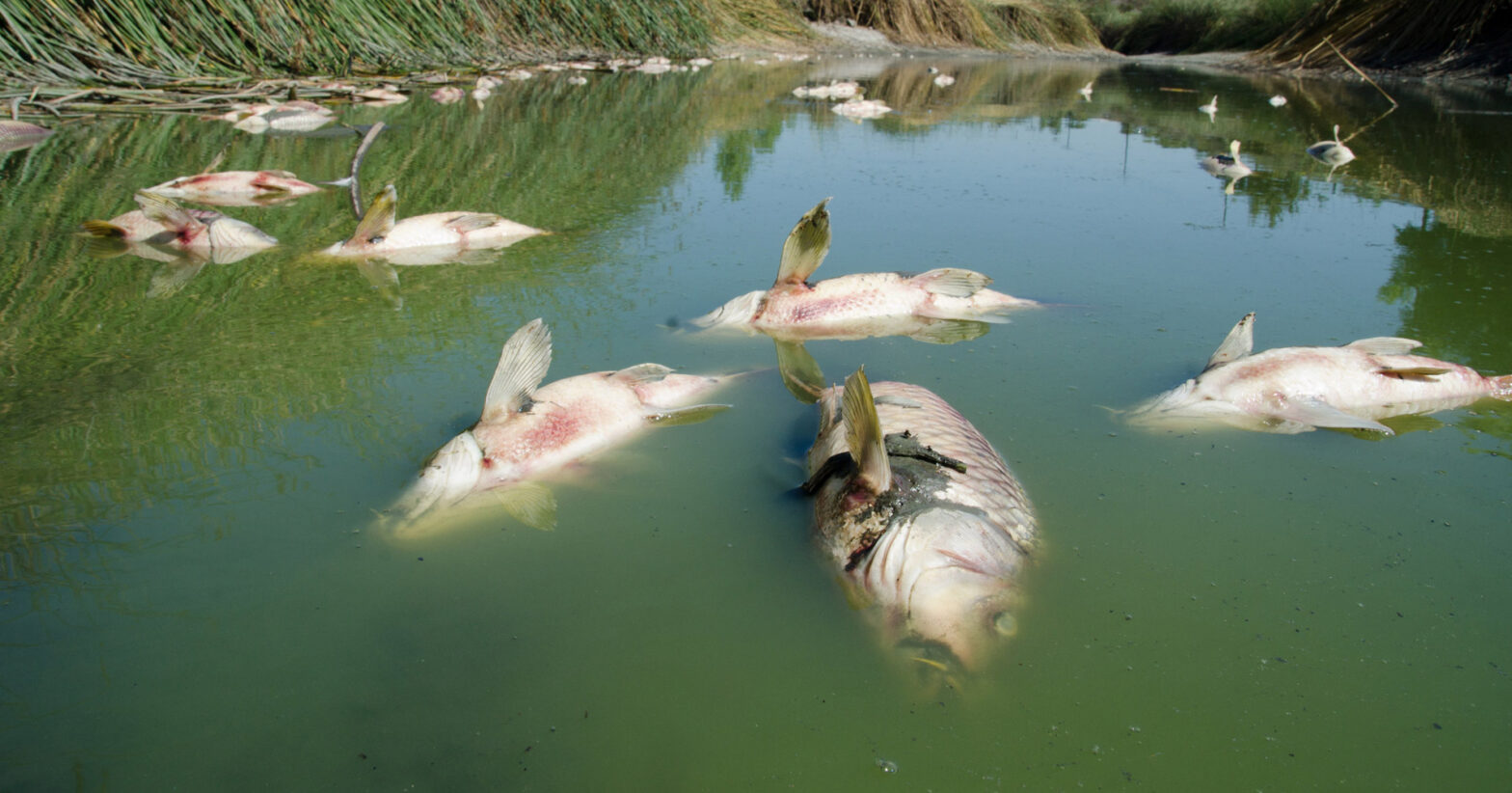We can’t live without the ocean. When we think of the ocean, we usually conjure up images of crashing waves and soaring birds. The seas appear to the human sight from the coasts to be an endless paradise of gorgeous waters. In the ocean, both above and below the water, there is also adventure to be found. We enjoy snorkelling and scuba diving to witness the coral reefs and schools of fish that live below the surface of the ocean.
A dead zone is an area of the ocean where oxygen levels are extremely low. Many dead zones exist throughout the world’s oceans, where the bulk of marine life is unable to thrive. Because of the harsh temperatures, these are the maritime equivalent of a hot desert, with low biodiversity.
While dead zones can arise naturally, the great majority are tied to either land-based agriculture practises or climate change consequences.
Dead zones are poor news for marine biodiversity since they basically destroy an area’s ecosystem. They can also devastate economies by reducing the availability of seafood as a source of revenue and nourishment. Three billion people rely on seafood as their primary source of protein around the world, according to estimates.
How many numbers of dead zones are there currently?
The number of dead zones in the ocean, as well as their size and specific location, might change from year to year. According to scientists, there are at least 400 dead zones on the planet, with the number predicted to rise in the future. The following are the largest dead zones:
- 63,700 square miles make up the Gulf of Oman.
- The Baltic Sea covers a total area of 27,027 square miles.
- The Gulf of Mexico is 6,952 square miles in size.
- The global expanse of dead zones is predicted to reach at least 1,634,469 square miles, or the size of the European Union.
Ocean Dead Zones: Causes
The several factors of Ocean Dead Zones are mentioned below:

- Because of eutrophication, additional dead zones are occurring as the water warms due to climate change. Eutrophication is the process by which the underwater environment reacts to pollutants in runoff from the land, resulting in an excess of nutrients and algae development.

- In the littoral zones, sunlight is very important. These are the zones closest to the water’s edge along the shorelines. When sunlight strikes these bodies of water, it penetrates deeply into the earth, promoting the growth of sea plants. When this process is broken, the cycle of life below the sea comes to a standstill, resulting in the extinction of species and contributing to global pollution.

- The proliferation of algae covers the sun’s rays, posing a threat to the species that reside beneath the surface. Plants continue to photosynthesise and produce carbon for respiration under water. To survive underwater, animals rely on these plants for oxygen, just as they do on land.
- Oxygen minimum zones (OMZ) form when life ceases to exist and there is less oxygen circulating underwater. These areas represent an ongoing discrepancy that has a negative impact on the undersea ecosystem.
- Excess nitrogen and other chemicals in the ocean cause extreme undersea imbalances, with algae blooms ensuing from their presence and contributing significantly to the formation of dead zones. An algal bloom is a term used to describe the fast growth of algae in water, which can be harmful to sea life and plants.
Consequences of Ocean Dead Zones
That are lot of consequences that results from the ocean dead zones. A list is mentioned below:

- Dead zones are particularly harmful to fish because severe variations in oxygen levels alter their entire biology. Their organs shrink, making it impossible for them to reproduce or function in the ways that allow them to thrive. Females are unable to produce as many eggs, and males are unable to effectively impregnate females, resulting in the extinction of the species.
The less species there is undersea, the more the ocean’s balance is thrown off. Local fishermen face economic insecurity as a result of this. By taking fish in tiny quantities rather than overfishing, a local fisherman does not inflict as much damage to the population of fish. They frequently sell the fish locally or simply prepare it as part of a nutritious family dinner. - A dead zone in the water is an invisible trap from which marine life cannot escape. Fish are unable to recognise dead zones before to entering them. Unfortunately, it’s difficult for fish to flee and survive once they’ve entered a dead zone. The fish lose awareness and die as a result of the lack of oxygen.

- Dead zones present challenges for fishermen who rely on the ocean for a living because they have to travel further from shore to discover regions where fish cluster. This extra mile is impossible for certain tiny boats. Traveling longer distances is also impractical for some boats due to increased fuel and labour costs.
Solutions to Ocean Dead Zones
- As humans, we must be conscious of where our sewage is directed and what we allow to seep into the ground. Our usage of fertilisers containing toxic chemicals is one of the main sources of cyanobacteria that accumulate and contribute to dead zones.
- To conserve the ocean, better practises and accountability must be implemented. Stopping the release of so many chemicals into the water would be a significant step. Chemicals are frequently not properly disposed of, and our oceans are not designed to handle them. We pour chemicals down the drain or into the garbage can on a daily basis. Chemicals thrown down the drain contaminate bodies of water and are not filtered away. The chemicals we mix with water for cleaning and other functions contribute to runoff, which disrupts the ocean’s biological cycle.
- Another option is to increase public awareness. Explaining the importance of keeping the ocean clean to others can help to promote good habits. On a personal level, we may lessen the dead zones that are formed if we live a sustainable lifestyle.
Did you find this article interesting? Are you ready to take the next step?
But don’t know how can you help?
No worries!
Join us in our journey of Save The Seven Seas and create an impact to save marine life.


